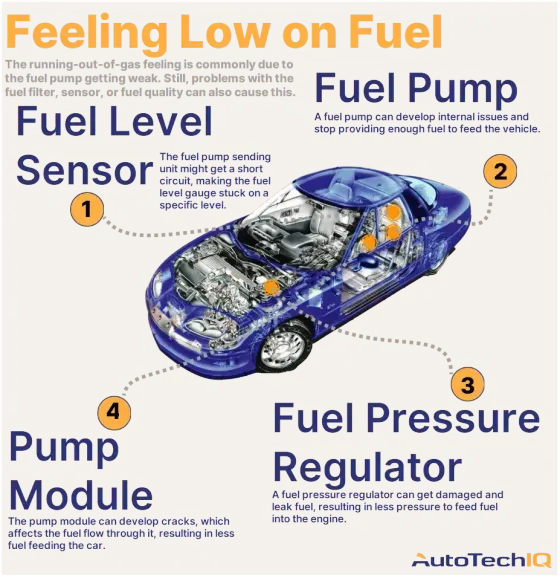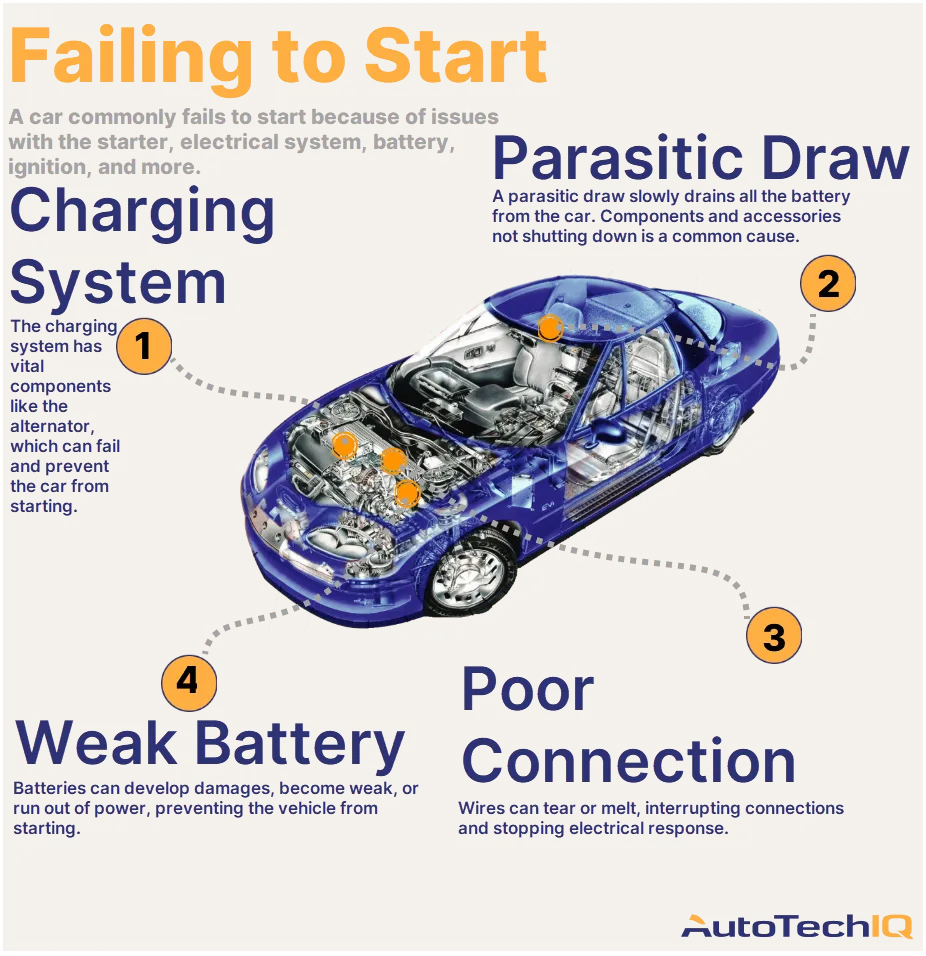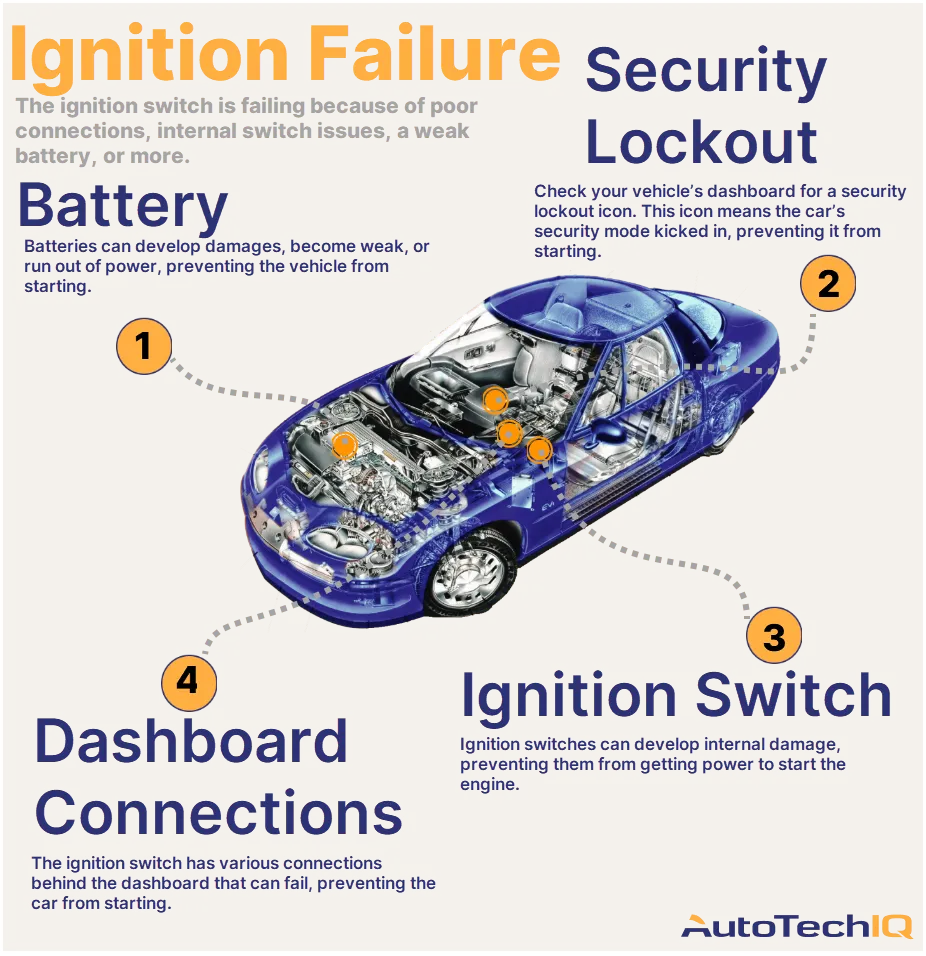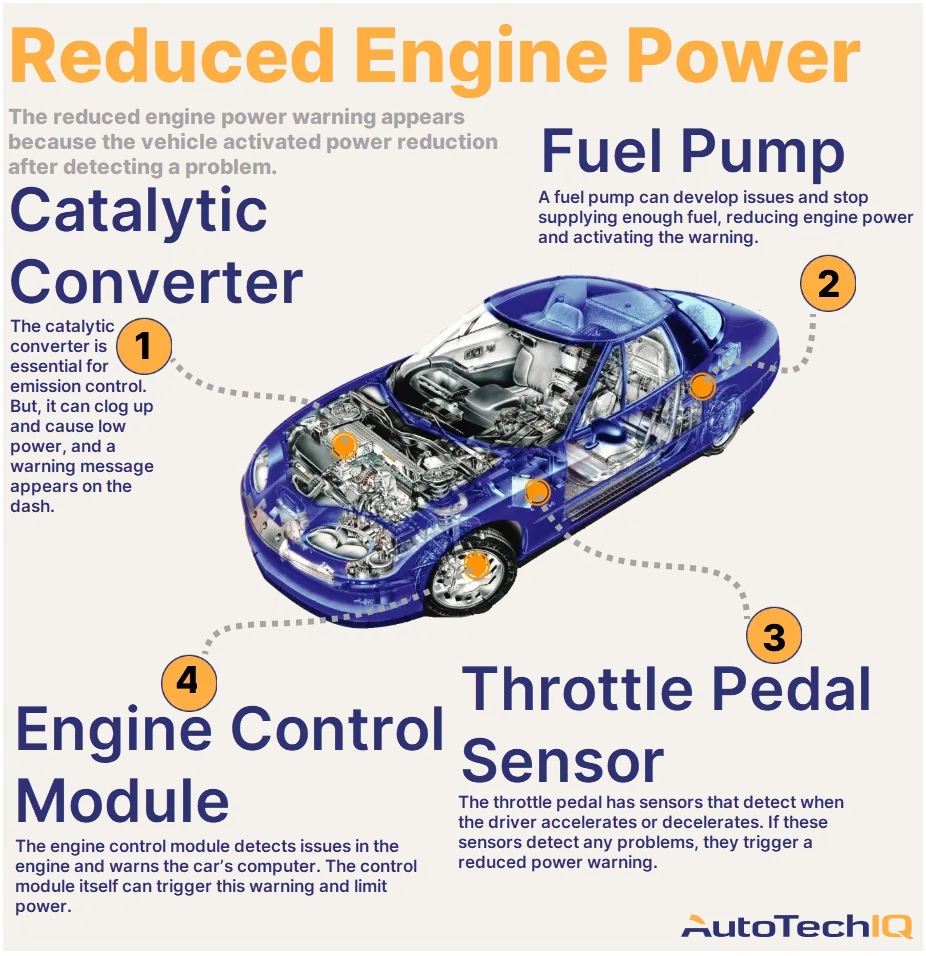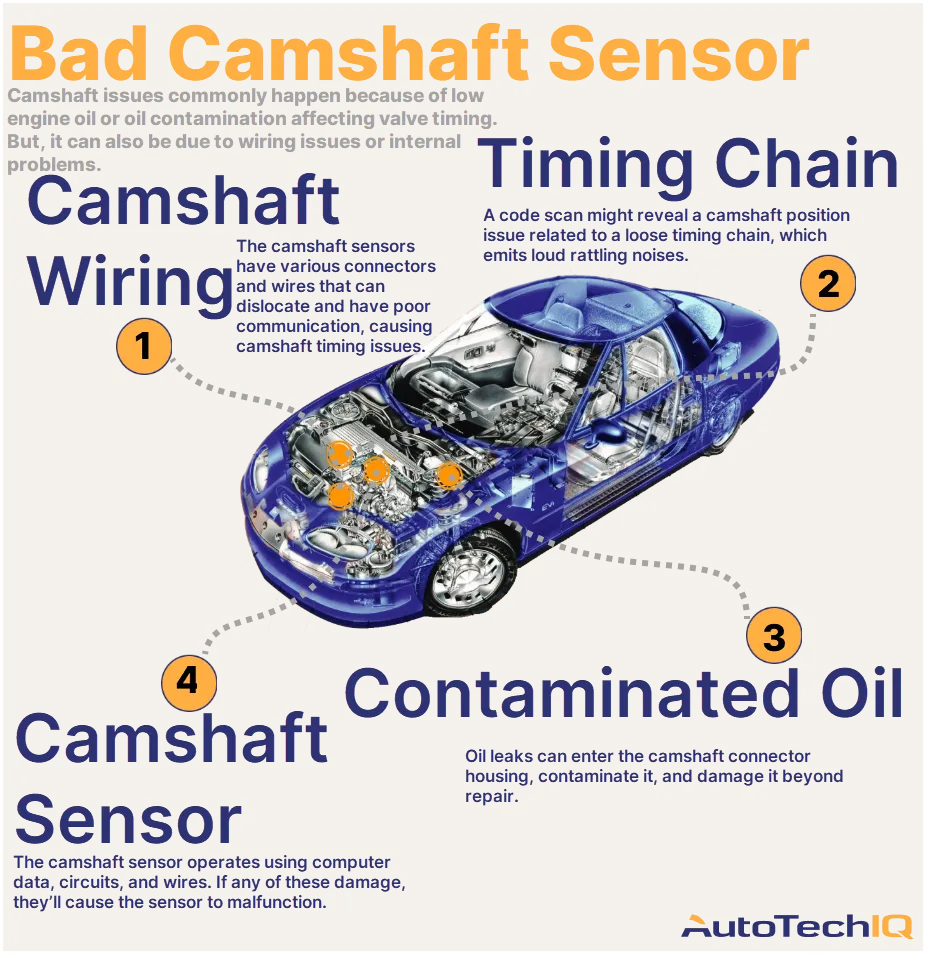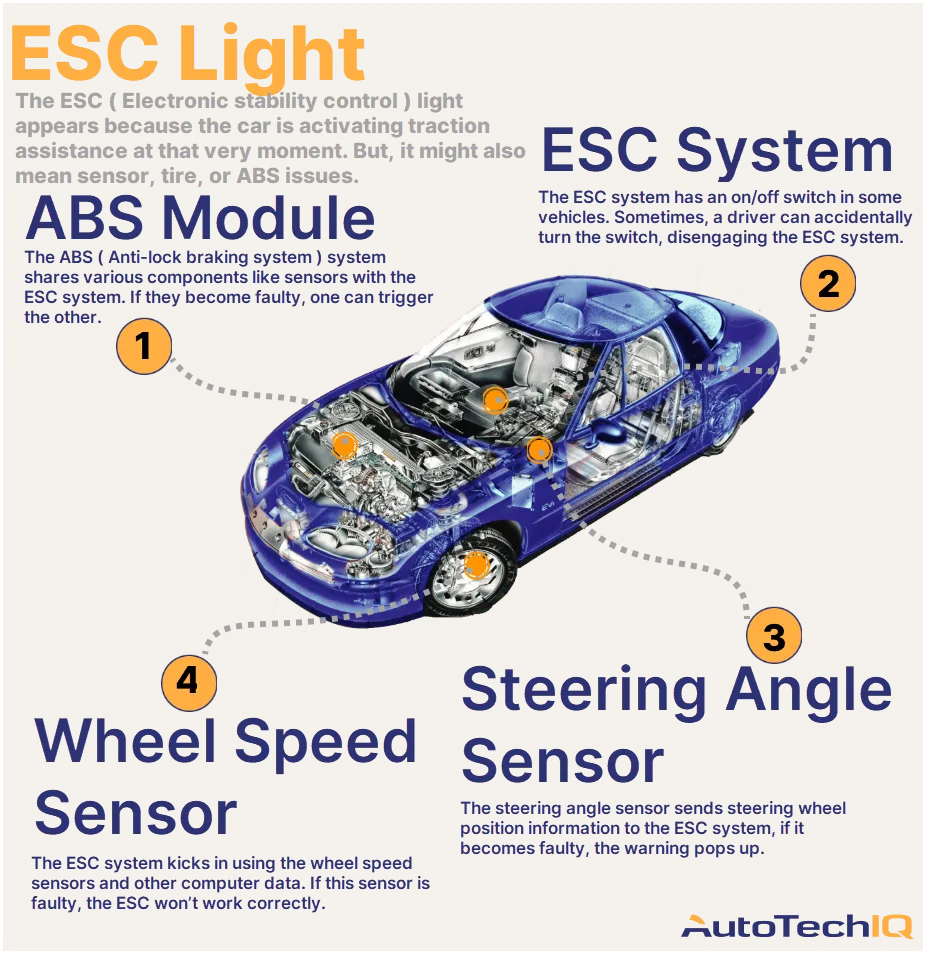Transparency example in a vehicle low on fuel service
A fuel system inspection is the most transparent process to understand why your vehicle’s fuel level sensor is faulty. This is because many components surrounding the fuel system can have a say in the issue, meaning they might be culprits, damaging the sensors.
Let’s read an example of how this kind of inspection helps to service a faulty fuel level sensor.
The customer brought in their vehicle because they noticed the gas gauge was stuck on a quarter of a tank. Plus, they had to fill the tank every few days since they didn't trust the fuel level on the dashboard. They also mentioned that the check engine light was on.
On the test drive, the technician confirmed that the check engine light was on but found nothing related to the customer's concern.
The technician found no leads to the customer's concern during the vehicle health inspection. However, with the customer's approval, they ran additional tests and found an error code concerning the fuel level sensor.
Moreover, they used a scanner to check the fuel level gauge and found it not working correctly. The technician found an issue with the fuel pump sending unit. They had to drop the fuel tank and remove the unit to test it.
They found that the sending unit had a short, requiring replacement as an assembly with the pump. Note that, in this case, the sending unit is not replaceable separately.

In this case, the mechanic put the “Immediate Action” tag on the fuel level sensor, the fuel pump, and the fuel gauge on the instrument cluster.
